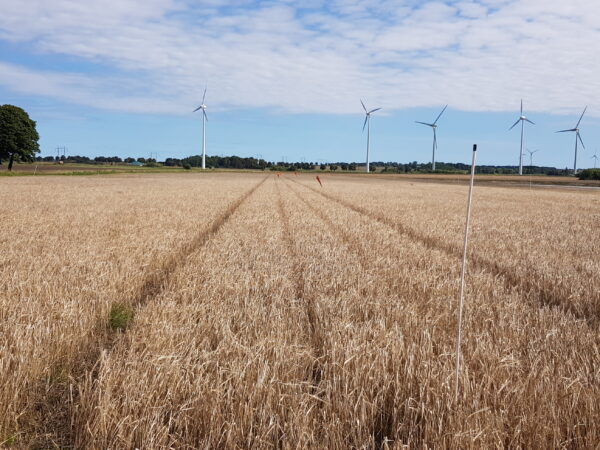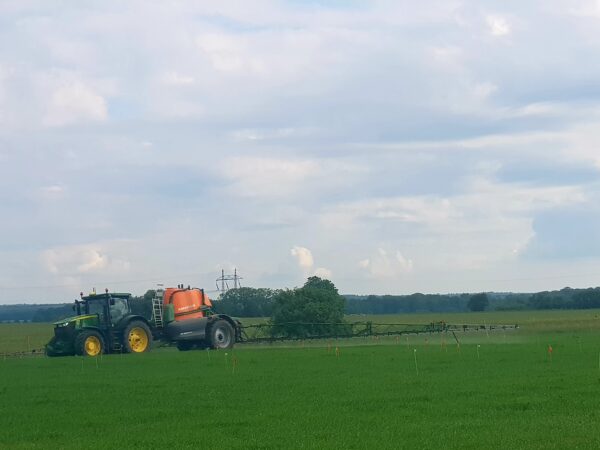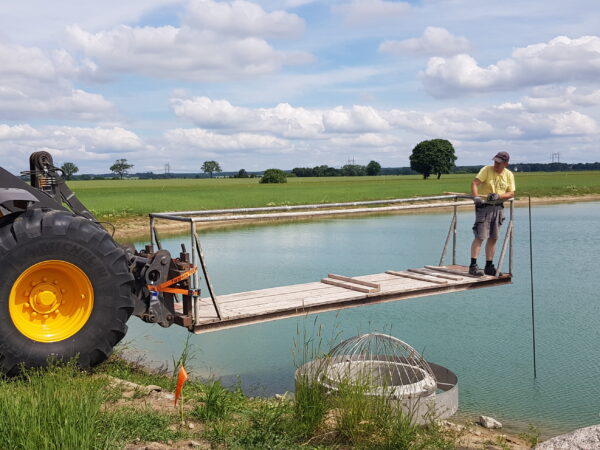
Farm constructed wetlands for nutrient recovery
About
Farm Constructed Wetlands (FCW) is a type of Nature Based Solution (NBS) which can be used for retaining and reducing nutrient concentrations in water affected by agriculture. Phosphorous (P) is mainly retained by sedimentation of particles to which P tends to be adsorbed. Nitrogen (N) is mainly retained through biochemical processes (denitrification) in bacteria which convert mineral N to gas which returns to the atmosphere. Nutrients are also taken up by plants growing in the wetland, or accumulated in the soil. The objective of FCW for nutrient retention is to reduce the eutrophication effects of agricultural drainage water or water affected by agriculture on downstream watercourses, lakes and sea.
Another potential benefit of FCW is the possibility for managing the flow of water through farmland. Wetlands can thus be used to save water in order to use it for irrigation when needed, and to provide temporary storage during intensive rain events in order to reduce peaks and associated downstream problems.
The innovative aspect of FCW for nutrient retention is the fact that it is an NBS which provides a number of ecosystem services as beneficial side effects, and that it can deal with variable flows typical of agricultural drainage water, also managing variable fluxes of different contaminants.
Case Study
Where We Test Our Solution
Farm-constructed wetlands are being installed at case study locations at Gårdstånga Nygård near Lund in the south of Sweden and in the Bologna region in Italy.
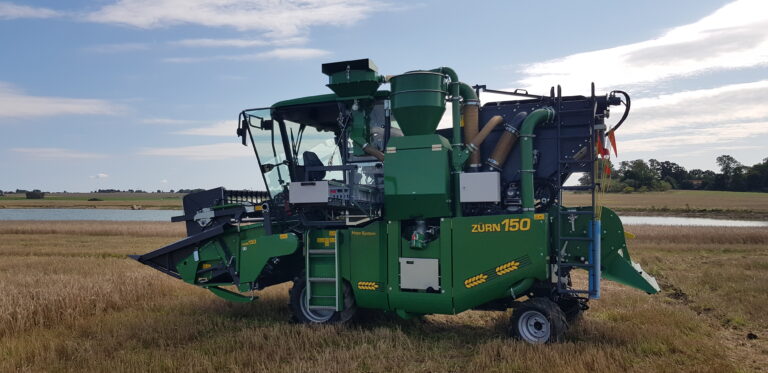
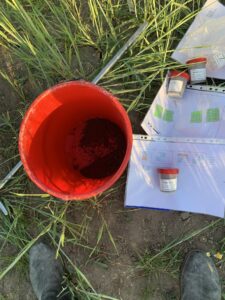
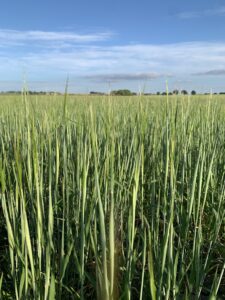
Solution Test Progress
The water treated by the wetland was used for irrigation of spring barley from June to August 2021 as well as in early September 2021. The spring barley was harvested and then the yield was assessed. However, initial findings indicate that the compacted soil (during construction of the wetland) did not support a good harvest for 2021. Heavy rainfall also resulted in irrigation only being rarely applied. The Lund University (ULUND) research team, in collaboration with WATERAGRI partners Gårdstånga Nygård (GN) and Bay Zoltán Nonprofit Ltd. (BZN), undertook the following activities:
- Monthly water sampling and analysis
- Monthly soil sampling and analysis
- Harvest production and quality analysis
- Recurrent estimates of soil parameters including moisture, nutrients, and pH
- Monitoring of the water level in the wetland.
- Assessment of harvested spring barley for quantity and quality
Further developments:
- A new irrigation system is functional as of May 2022.
- Winter wheat was selected as the crop following spring barley in the six-year crop rotation plan
Publications
- Almuktar S. and Scholz M. 2021. Farm Constructed Wetlands for Nutrient Recovery and Reuse in Agriculture. The International Symposium on Wetland Pollution Dynamics and Control (WETPOL), BOKU University, Austria. Publication in Conference Proceedings.
Salimi S. and Scholz M. (2021). Impact of future climate scenarios on peatland and constructed wetland water quality under water level management: a mesocosm experiment within climate chambers. Journal of Environmental Management. 289, 112459. DOI: 10.1016/j.jenvman.2021.112459. Article in Journal.

Spring barley planted.

Spring barley harvested.
Winter wheat planted.

Winter wheat harvested and planted again.

Cover crops including Oil Radish and varieties of clover planted.

Oat planted.

Oat harvested.
